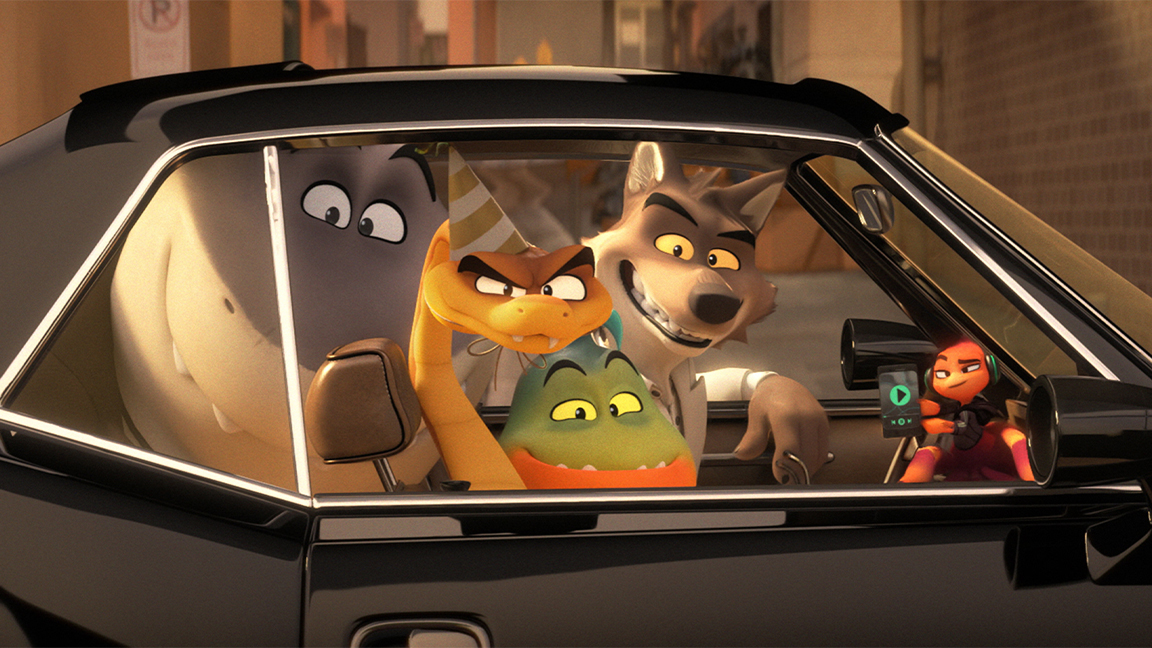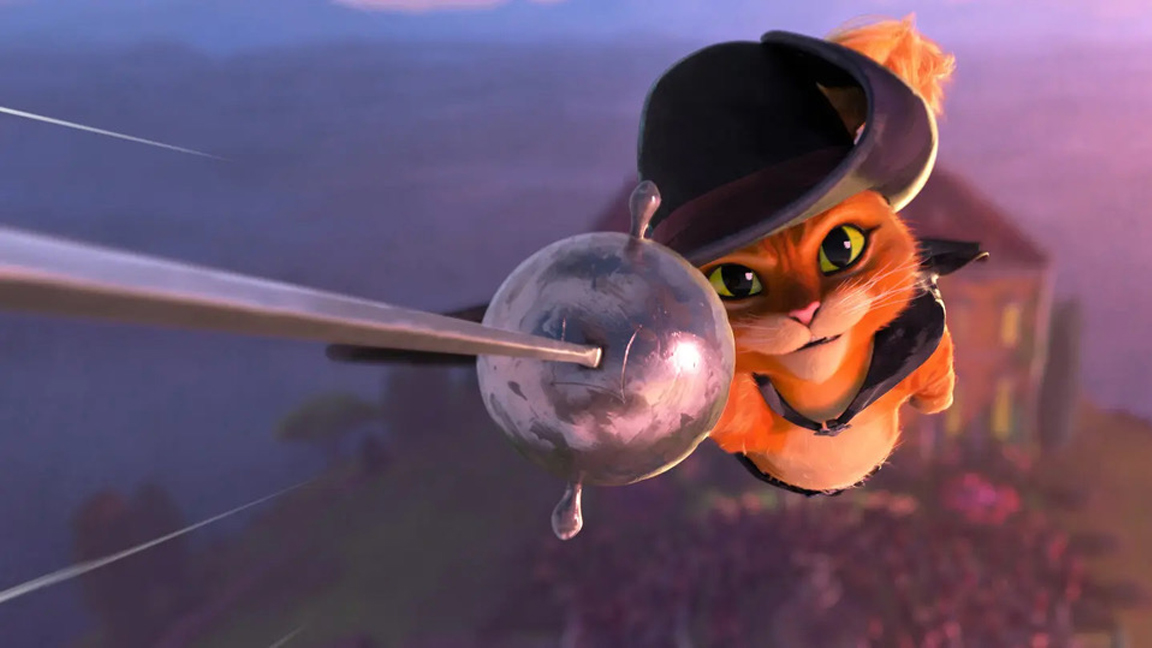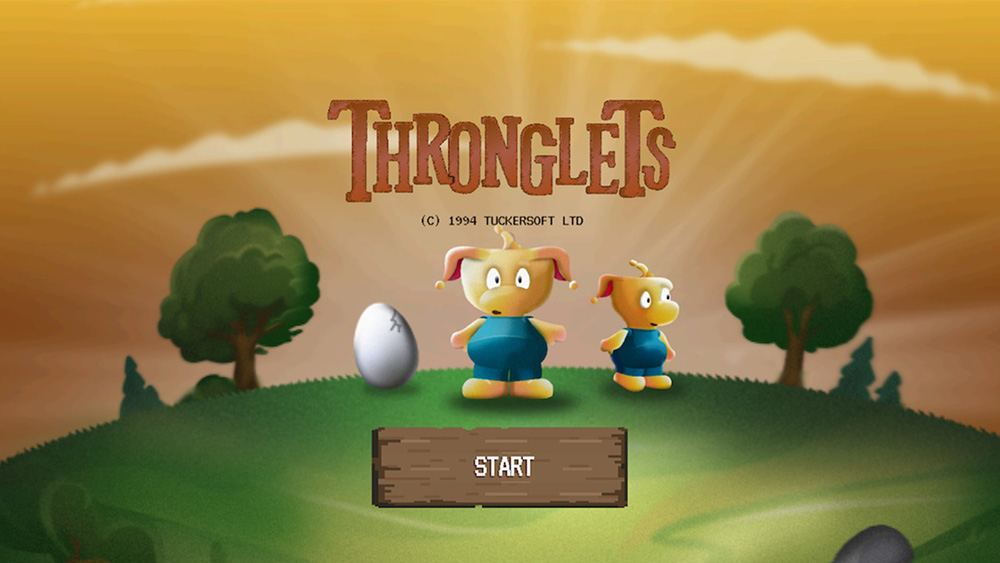Our Verdict
MoonRay has already achieved great success with an array of feature films. Now the renderer is open source, the CG world can expect to see a whole new swathe of MoonRay-powered animations; something I’m very excited about.
For
- Features for VFX workflows
- Open source
- XPU rendering
Against
- Designed for big studios
- Steep learning curve
Why you can trust Creative Bloq
Price Free
Company DreamWorks Animation
Features Ramp control for volumes, telemetry overlay system, supports GPU render denoising via Open Image Denoise 2, offers XPU mode – hybrid CPU/GPU rendering
MoonRay has been on quite a journey these past few years. What originally began as an in-house renderer at DreamWorks Animation has now gone fully open source and is following a similar path to Pixar's RenderMan by making a powerful CG tool available to everyone (though MoonRay is free and Pixar's renderer has a fee attached).
DreamWorks Animation is no stranger to opening up its technology to the public, but MoonRay feels different. Maybe that’s because it’s a production-ready renderer, or the fact it’s been used on a number of high-profile films, including How to Train Your Dragon: The Hidden World and The Bad Guys. Whatever the reason, the 3D community is better off because of studios like DreamWorks Animation - though you may beed to upgrade to one of the best laptops for 3D modelling.
MoonRay’s source code has been in the public domain since March 2023 and undergone a number of updates since. Now at version 1.5, we’ll take a look at what improvements have been made and what the renderer is capable of now. But let’s not get ahead of ourselves. For those who don’t know what MoonRay is, let’s start with the basics.
Get the DreamWorks look with MoonRay

It’s a high-performance Monte Carlo ray tracer that’s capable of both DreamWorks’ trademark stylised look and photorealism. Production renderers are mostly focused solely on photorealism, and have limited tools for more bespoke rendering styles. MoonRay is able to deliver outstanding results in both fields, something that will make it particularly appealing to larger studios that work on a wider variety of projects.
This versatile renderer is ideal for VFX workflows and has all the required features for that setup, including Arbitrary Output Variables (AOVs), which allow data from a shader or renderer to be output during rendering to aid compositing. Additionally, Deep Output and Cryptomatte are supported, streamlining things perfectly for VFX artists. These features are unlikely to be helpful for solo and indie artists, but are immensely helpful for studios and projects that need added compositing features.
One of the strengths of this relatively new renderer is its denoising capabilities. With support for OptiX 7.6 and GPU render denoising with Open Image Denoise 2, MoonRay is able to deliver particularly impressive results, especially when working interactively. Artists can enjoy instant, noise-free render output even in the most challenging of scenes. Utilising denoisers like these also helps to reduce render times, because render and shader settings can be significantly reduced, knowing that any noise created will be cleaned up afterwards.
MoonRay uses XPU, I'll explain…
MoonRay provides a full set of layered materials including metals, skin, fabric and hair that offers a fantastic starting point for representing common material types. There’s also a multipurpose shader that can be customised by users.
MoonRay has moved to a hybrid CPU and GPU rendering mode for its default state. It’s called XPU, and in many ways combines the best of both types of rendering workflow. This mode works well and guarantees to make use of all available hardware for the quickest possible results.
Through XPU rendering, and its distributed rendering framework, Arras, MoonRay is able to take advantage of every core of all available machines all the time. This is another reason larger studios are likely to jump aboard over indie artists and smaller outfits.
Version 1.5 has a range of improvements, including Embree 4.1 support, a new adaptive light sampling scheme, and support for the VFX Reference Platform 2023. Embree is Intel’s CPU ray-tracing library, and MoonRay makes use of it to achieve high efficiency. The library is open source, and at version 4.3 it’s the go-to library of ray-tracing kernels for many renderers, including V-Ray and Cinema 4D. If you have an Intel GPU, you can benefit from hardware-accelerated ray tracing.
Who is MoonRay really for?

The inclusion of an initial implementation for adaptive light sampling further improves render times and increases accuracy. This technology focuses samples in areas that will deliver the best results and is a solution I first saw in V-Ray. Scattering samples around a scene is all well and good if you have infinite resources, but if you want great results quickly then a sampling technology like this is essential. This is only an initial attempt so I expect improvements to be made yet, but having it on the roadmap is a big win nevertheless.
VFX Reference Platform 2023 is probably the biggest addition because it enables the use of MoonRay directly in Nuke 15. It does this through its Hydra render delegate, HdMoonRay, which also links up with Houdini and Katana. The increasing support in various DCCs will help grow the renderer’s broader appeal.
There’s no getting away from the fact that MoonRay is going to be more attractive to established studios and those using more complex VFX workflows. It will never be as ubiquitous as renderers like V-Ray or Octane, but there’s no better alternative for those who want excellent results and a renderer that slots naturally into a VFX-heavy workflow (again, you may need to upgrade to a powerful laptop).
This content originally appeared in 3D World magazine, the world's leading CG art magazine. Subscribe to 3D World at Magazines Direct.

Thank you for reading 5 articles this month* Join now for unlimited access
Enjoy your first month for just £1 / $1 / €1
*Read 5 free articles per month without a subscription

Join now for unlimited access
Try first month for just £1 / $1 / €1
out of 10
MoonRay has already achieved great success with an array of feature films. Now the renderer is open source, the CG world can expect to see a whole new swathe of MoonRay-powered animations; something I’m very excited about.

Paul is a digital expert. In the 20 years since he graduated with a first-class honours degree in Computer Science, Paul has been actively involved in a variety of different tech and creative industries that make him the go-to guy for reviews, opinion pieces, and featured articles. With a particular love of all things visual, including photography, videography, and 3D visualisation Paul is never far from a camera or other piece of tech that gets his creative juices going. You'll also find his writing in other places, including Creative Bloq, Digital Camera World, and 3D World Magazine.


